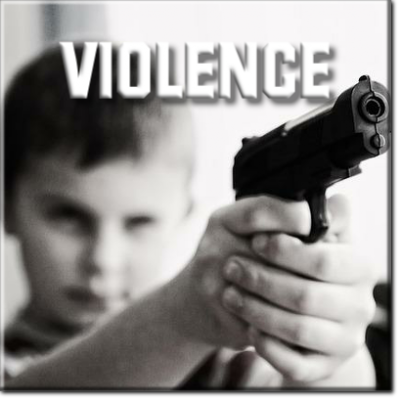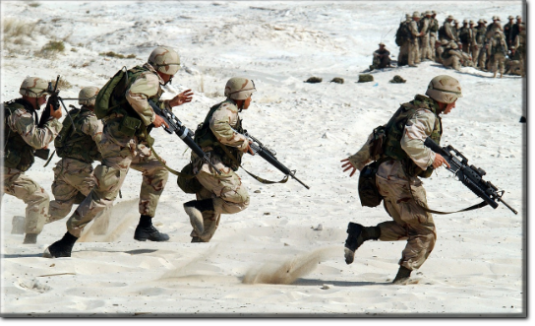
We live in a society that is becoming increasingly more violent. It's no longer just an "inner city" or a "gang" issue in isolated parts of our country. School shootings, road rage, acts of violence in malls and shopping centers, it's almost an epidemic in our culture.
It's a sign of a deeper problem in society.
What if there were a tool to help us recognize individuals who, under stress or distress, have a higher propensity to engage in acts of anger or violence that could harm themselves or others?
Would that be of interest to your community?

Real Life embedded coaches within military units deployed all over the globe. Many of the 75,000 soldiers we tracked over the period of seven years were, at times, placed in combat or high-stress situations.
As we tracked the outcomes of these men and women serving our nation, we began to recognize patterns of behavior that were triggered in high-stress environments that often lead to abusive, addictive, compulsive, or harmful outcomes to the soldier or those around him or her.
After the senseless Uvalde shooting, we recorded a response to yet another act of violence on those most vulnerable among us. What we learned from our seven years working with the military, as well as our work with law enforcement, have given us a unique insight into violence.
We believe we've "cracked the violence code" and are on a mission to share this message globally.

These same patterns show up in schools, universities, churches, synagogues, the workplace, and the community at large.
Helping individuals who may struggle with stress and distress to their own detriment, or that of others, to learn to recognize those stress triggers can help them make better choices, or learn to avoid situations that prompt stress responses.
Families, educators, and employers can also learn to recognize these stressors in the people they care about or employ, and intervene to help these individuals find productive ways to manage stress, and get them the resources they need to cope and recover without harming themselves or others.

